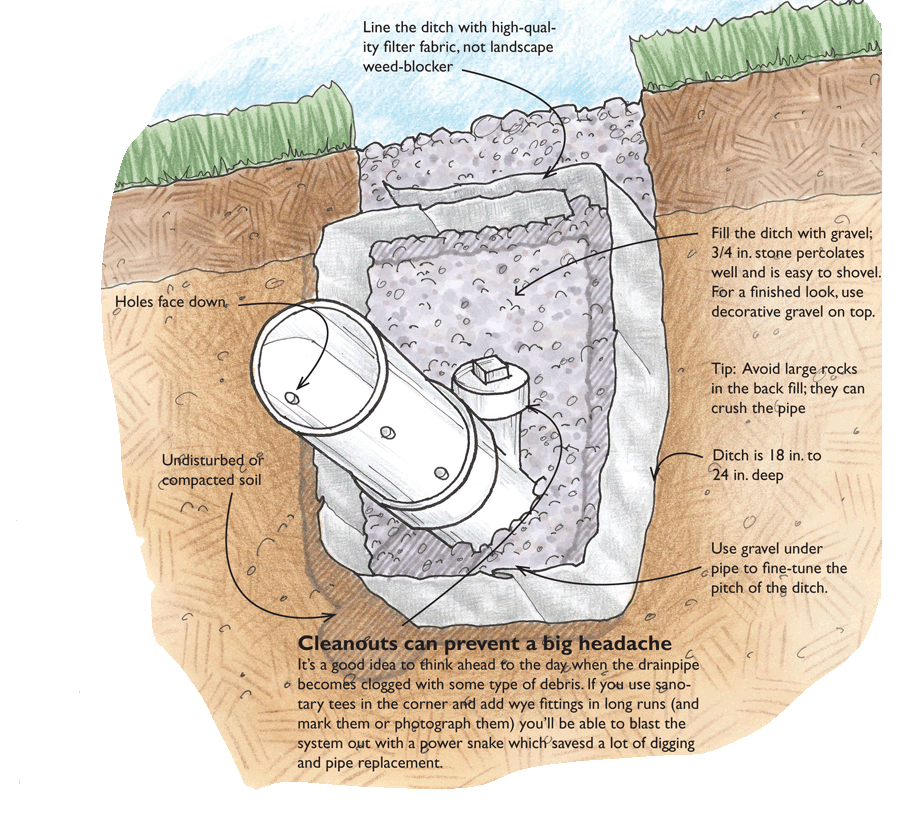
Navigating Stormwater Challenges: A Guide to Efficient Plumbing Management
The Impact of Stormwater on Plumbing Systems
Managing stormwater in plumbing systems is a critical aspect of maintaining the integrity of our infrastructure. With the increasing frequency and intensity of storms, it’s imperative to implement effective stormwater management solutions to prevent damage and ensure the longevity of plumbing systems.
Understanding Stormwater Management
Stormwater management involves the control and mitigation of runoff from rainfall or melting snow. In the context of plumbing, this means addressing how stormwater interacts with the drainage systems in and around buildings. Proper management is essential to prevent flooding, erosion, and other issues that can arise from uncontrolled stormwater flow.
Integrated Plumbing Design: A Holistic Approach
To effectively manage stormwater, plumbing systems must be designed with integration in mind. This holistic approach considers the entire water cycle, from collection and storage to treatment and reuse. Integrated plumbing design minimizes the impact of stormwater on traditional drainage systems, reducing the risk of overflows and damage during heavy rainfall.
Rainwater Harvesting: A Sustainable Solution
One innovative approach to stormwater management is rainwater harvesting. This involves collecting and storing rainwater for later use, reducing the burden on traditional plumbing systems. Rainwater harvesting systems can be integrated into plumbing designs, providing an additional source of water for non-potable uses like irrigation or flushing toilets.
Permeable Surfaces: Allowing Water to Infiltrate
In urban environments, where impermeable surfaces dominate, stormwater runoff is a significant concern. Integrating permeable surfaces, such as permeable pavement or green roofs, into plumbing plans allows water to infiltrate the ground, reducing runoff and supporting groundwater recharge.
Green Infrastructure: Nature’s Stormwater Management
Green infrastructure incorporates natural elements into urban planning to manage stormwater. Examples include bioswales, rain gardens, and tree canopies. These elements help absorb and filter stormwater, reducing the strain on conventional plumbing systems. Incorporating green infrastructure into plumbing designs enhances both functionality and sustainability.
Sump Pump Systems: Controlling Basement Flooding
For properties prone to basement flooding during storms, sump pump systems are indispensable. These systems collect excess water and pump it away from the building, preventing water damage and maintaining the structural integrity of the foundation. Properly maintained sump pumps are crucial components of stormwater management in plumbing.
Stormwater Management Regulations: Compliance Matters
Many regions have regulations in place to manage stormwater runoff. Plumbing designs must comply with these regulations to ensure environmental protection and public safety. Staying informed about local stormwater management guidelines is essential for architects, builders, and plumbers.
Advanced Drainage Systems: Technology at Work
Incorporating advanced drainage systems into plumbing designs enhances stormwater management. Technologies such as smart sensors, real-time monitoring, and automated valves enable more efficient control and response to changing weather conditions. These systems help prevent flooding and optimize stormwater flow in a proactive manner.
Embracing Sustainable Plumbing Practices
To create resilient plumbing systems that stand up to stormwater challenges, it’s crucial to embrace sustainable practices. This includes ongoing maintenance, regular inspections, and the incorporation of innovative technologies. For a comprehensive understanding of stormwater management in plumbing, check out Stormwater management in plumbing.
As we confront the increasing impact of climate change, addressing stormwater management in plumbing is not just a necessity; it’s a responsibility. By adopting these strategies and staying informed about evolving technologies, we can build resilient plumbing systems that contribute to a more sustainable and water-resilient future.

